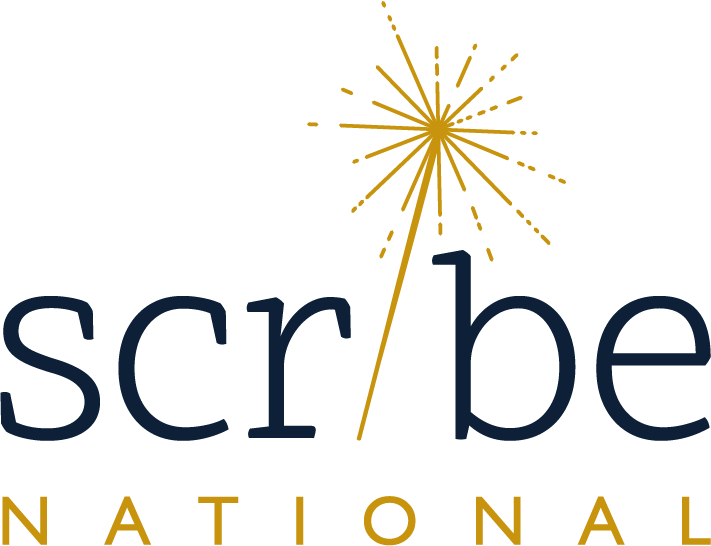Content marketing statistics: why you should know them
The art of blending strategy and storytelling in your B2B company’s marketing efforts cannot be overlooked. Some marketers excel at both of these right- vs. left-brain skills, but for those who lean on storytelling to get their message across, their eyes sometimes glaze over at the mention of numbers like content marketing statistics.
Keeping up with statistics is important for your company’s evolution and success, and is a key part of building a marketing strategy. It’s critical to stay up to date on trends in your industry and understand how other organizations approach their content marketing budgets, outsourcing, tracking metrics and goals, and more. In this blog post, we’ll explore:
several recent content marketing statistics
how they can influence your B2B marketing strategy
a solution for executing on your strategy if your in-house team is slammed
How content marketing statistics can inform your strategy
The use of quantitative data has changed the face of business in the digital age. Nearly 95% of the most successful companies use metrics to track their content performance, better understand the effectiveness of their performance and operations, and collect previously unknown information about their customers.
The Content Marketing Institute’s (CMI) 11th annual B2B Content Marketing Benchmarks, Budgets and Trends report provides excellent insight into the success of content marketing strategies, and the challenges businesses face in creating and implementing these plans. B2B marketers who reported high levels of content marketing success said the top two contributing factors included the value their content provides (83%) as well as website changes (60%).
To ensure you’re creating valuable B2B content, use your storytelling skills to pique your audience’s interest and lure them in, then provide insight, inspiration or unique ideas. Showing your prospects and customers you understand them, their troubles and their aspirations fosters meaningful connections that can help your company grow.
When it comes to making the right website changes, it’s essential to get a sense for who is reading which types of content on your site. Aside from social media, written web content remains the most used tactic among B2B marketers. This statistic highlights the importance of learning your buyer personas inside and out so you can speak directly to them through blog posts, sales pages, case studies, ebooks and white papers written in a consistent and compelling brand voice.
Building a reputation as a credible resource
Developing credibility and trust with your audience is one of the most important steps you can take in your marketing journey, and in building a marketing strategy. Despite marketers reporting keyword research tools (78%) and editorial calendars (70%) among their top content tools, only 22% indicated using fact checking procedures. This highlights the risk of exposure to errors that can affect your company’s reputation, but that you can easily avoid through fact checking.
Providing educational and factually correct information through your content marketing materials is key to proving to your audience you’re a thought leader who also values your customers’ success. Posts about topics your prospects and customers want to learn about can lead to better search rankings, solidifying your place in your industry as an engaging, trustworthy resource.
Planning and budgeting for your content marketing
Content marketing is a full time job, however 35% of businesses reported to CMI that they don’t have an employee dedicated to the position. Those who outsource said their top challenges include finding partners with adequate topic expertise (69%), budget issues (51%) and finding partners who can empathize with their audience (43%).
When your company is considering whether to outsource content creation, it’s imperative that your new partner have strong research chops so they can master any subject matter, and that they provide you with detailed project quotes so you can see exactly what you’re paying for (and hopefully, how you’re saving more money than you would if you spent time doing the work yourself).
A solid content partner should also understand your target market’s demographics, psychographics, challenges, goals and past experiences that may lead to obstacles to buying from you. From there, they can sketch a roadmap to capitalize on your marketing efforts and achieve your objectives.
Stick with us! This post is part of a series on developing a 10-step content creation workflow for exceptional results. Read the next post.
Reach your audience through content marketing
Keeping up with content marketing statistics and learning where other B2B companies are focusing their efforts can help you take advantage of tried and true strategies, as well as find gaps in your market that you can address.
Scribe National can support you as you work toward your content marketing goals with high value content designed to captivate your audience and generate revenue. Learn more about our B2B Brilliance content creation package, and let us drive business for you through strategic and authentic writing. Our content marketing agency for B2B companies is here to help.


